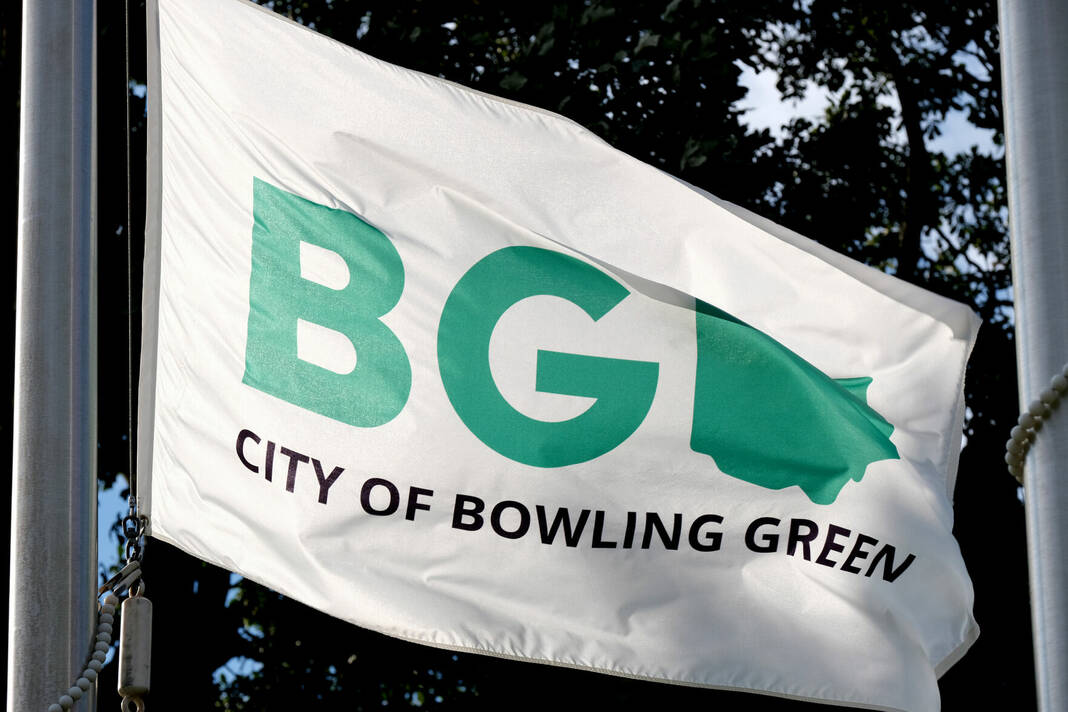
The city of Bowling Green’s proposed zoning code update – and the much-discussed Pedestrian Residential zoning district – were again in the spotlight during Monday’s city council meeting.
The issue drew comments from city residents, as well as Council President Mark Hollenbaugh.
Prior to the lobby visitation portion of the meeting, Hollenbaugh discussed the “process and public engagement around this zoning code update.”
He said he received questions about the proposed Pedestrian Residential district, or “PR”, from two residents and that their questions will be helpful in creating a planned FAQ webpage “and in preparing for the community forum on the PR district, which will be scheduled for sometime in March. That date and location will be announced soon.”
Hollenbaugh said the city started working with the firm ZoneCo to update the zoning code in 2018 “after city leaders agreed that it was a priority to put the vision and goals of the city’s planning documents into action through a comprehensive zoning code update.” He said the present code was adopted in 1975, with amendments made as needed over the years.
“A reflection of the time it was written, our code is based on outdated ideas of our community needs and values,” Hollenbaugh said. “The code is also complicated and confusing for users.”
He said that, regarding the neighborhoods that make up the proposed PR, the city’s 2014 Future Land Use Plan “called for ‘traditional residential (w/ retail permission)’ in the neighborhoods surrounding downtown. And the Future Land Use Plan and the 2018 Community Action Plan called for more diverse housing options in neighborhoods adjacent to downtown and city-wide. These planning documents are driving the goals for the PR District, which are to maintain and preserve the walkable neighborhoods surrounding downtown by allowing limited types of small businesses and more diverse housing options.”
Hollenbaugh said the Land Use Plan, the Community Action Plan, and the 2019 East Wooster White Paper planning documents “involved many, many hours of public outreach, including forums, surveys, and stakeholder involvement, to reach consensus around a vision and plan for our city.”
He said council “made numerous revisions to the last draft of the zoning code” during work sessions in October, November and December of 2022, using recommended changes from the Planning Commission as the starting point. He noted further that past public meetings on the zoning code by council and the commission are available on the city’s YouTube page, and that ZoneCo has delivered several public presentations on drafts of the zoning code to the community since October of 2021.
“So, our city has been working on this project for many years and there has been a lot of public engagement around these issues,” Hollenbaugh said. “Our city’s planning documents are driving the changes to the code. I recognize however that the zoning code is where the rubber meets the road and that it provides a level of detail that was not in our planning documents, and I thank everyone for their involvement and attention to the drafts so far. And I look forward to more discussion on the PR District and the whole code as we move forward.”
While nine speakers signed up to address council Monday night, more than half of them ceded some or all of their allotted two minutes of speaking time to resident Emily Dunipace.
Dunipace said that, according to the 2020 census, Bowling Green has a current ratio of non-owner occupied homes to owner-occupied homes of 64% to 36%.
“We know the impact of large volumes of rentals on a community,” she said. “They lower the home values and they restrict the availability of homes to purchase. The existence of the rental industry in BG is not new. This has been part of our reality for decades. That it has grown to this volume” should be a concern to all residents, she said.
“The truth is, rental properties are businesses,” Dunipace continued. “The rental industry in Bowling Green is robust. Our current reality is that 65% of the homes in Bowling Green are businesses… The majority of rentals are located on the East Side and in the exact neighborhoods that will be affected by the proposed PR district.”
The PR, she said, allows new businesses to move into those established residential neighborhoods, in addition to the volume of rentals. She said homeowners in the proposed PR are being forced to accept an additional burden in the form of the devaluation of their property values.
“How much more burden should current homeowners be asked to shoulder?” Dunipace asked.
“I am here this evening as a citizen of Bowling Green who has the utmost respect for each one of you and your roles in city government,” she told council, asking them to consider all of the impacts that the PR would have on homeowners.
Resident Penny Evans Meyer said that zoning codes were originally established with the goal of community preservation.
“Surprisingly, preservation is not mentioned for the proposed PR district,” she said. “Yet, these neighborhoods near downtown offer much, much to be preserved. Much of our oldest homes are located here… There is a mix of large and small homes” on a variety of lots.
Jack Santino acknowledged that all gathered in council chambers on Monday “want to do the best thing for Bowling Green,” but that he didn’t see any benefits in the PR for residents. He said it seems that the current quality of life would be “radically changed, maybe over time, but changed.”
Santino suggested that the PR could harm businesses on Main and Wooster Streets.
“It would appear to me to be a move away from permanent residential livelihoods and towards more transient and temporary residents,” he said. “This isn’t going to be mom and pop stores and green grocers on the corners” in the PR, he said. “This is going to be concrete plazas” with chain stores.

